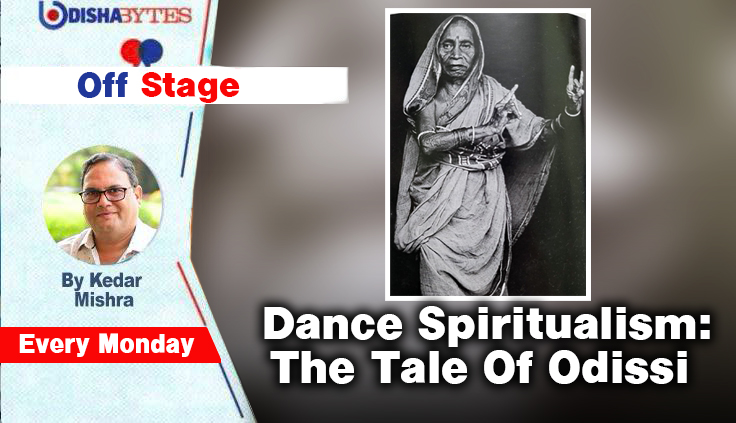Dance Spiritualism: The Tale Of Odissi

Odissi is one of the most ancient classical Indian dance forms dating back to the second century B.C. Odisha is the confluence of various socio-religious streams like Buddhism, Jainism, Tantricism and Vaishnavism in a broad time frame from the second century B.C. to the 21st century AD curved out the prevalent dance form of Odissi today, which gained international accolades, imbibed various socio-historical influences in its multi-folded existence.
By the eleventh century AD, the emergence of the Vaishnavite cult in Odisha centred around the grand Jaganath Temple at Puri, which was built around this same period provided a unique synthesis of many cults and cultures. The special hall of dance in the temple complex suggests that the practice of dance was an essential part of the temple rituals. By the time of the construction of the great Konark Temple, Odissi had acquired its distinctive identity and had a codified style of its own and had a powerful influence on the poets, writers and painters of the period. Creative literature, especially poetry and drama provided the themes for the development and popularisation of Odissi.
Like other classical dance forms in India, Odissi has historical roots in the religious rituals of the temples. The very first inscription referring to the Devadasi or Mahari tradition is found in the Brahmeshwar Temple of Bhubaneshwar. The 15th cantos of Brahmeswar inscription described that “the queen Koalavati of Keshari dynasty presented a group of most beautiful dancers for the service of Lord Brahmeswar. They were all experts in dance and music.” Basically, dance was a ritual or Seva for the presiding deity of a temple. In Puri’s Jagannath Temple, there were services of dancers known as “Mahari Seva”. In Odissi tradition, dance is basically an offering to the lord. It has its own ritualistic purity and divine connection.
Harapriya Devadasi, one of the pioneering voices of Mahari tradition in Odisha once wrote: “I have no knowledge about Shastras. Whatever I have known, I only learnt from my Seva as a Mahari in Shri Jagannath Temple. I pray to him, lord! Allow me to be your Mahari for all my life and beyond this life. I want to serve you forever, in this birth and many other births to come. My destiny is to serve him. I want nothing; only I wish to serve him, to please him and to get pleasure from him.” Elaborating further she wrote, “I don’t know what more I can really speak. I only know the Seva. Literally, seva means, to give pleasure”. (Odissi Nrutya Alochana- Odisha Sangeet Natak Academy-1978)
Conceptually and structurally, Odissi as a dance form was identified with a spiritual tradition. At the same time, it had its own socio-political attachments as a part of the aesthetic construct. In the post-independent era when Odissi was reinvented as a modern classical dance, it did not leave the spiritual base of the tradition.
There is a strong spiritual stream which forces Odissi to move on with the idea that signifies “movement of the body to reach beyond the body.”

Comments are closed.